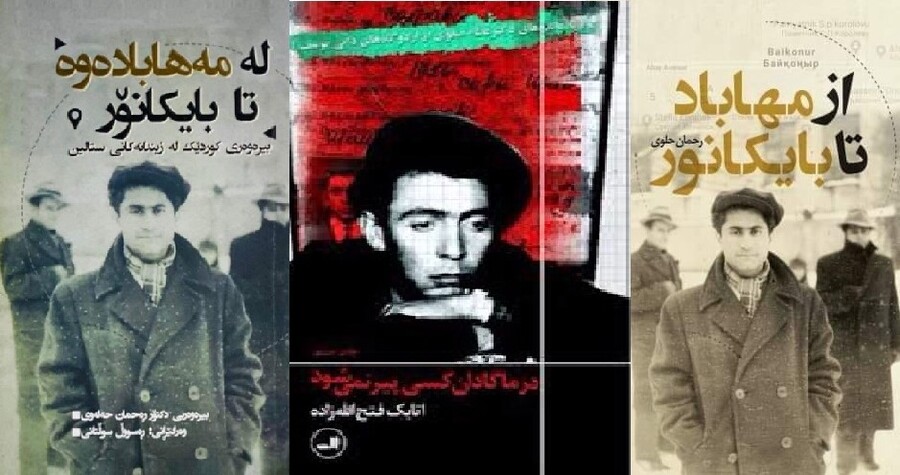“Stalinism” is one of those regimes that was established based on totalitarianism. After Stalin was chosen as the successor of “Lenin” in 1924, he tried to apply all of those notes that were introduced in the Soviet Union’s regime and if possible, he wanted to establish a totalistic regime in which thousands even hundreds of thousands of those who thought differently got killed and hundreds of thousands of people died in concentration camps. Stalin was worshiped like a saint and the Communist Party ideology interpreted by him changed into the general law of that country. The countries which were within the Soviet Union geographical borders experienced their darkest time under the supervision of the undercover police forces. Every Liberal and western country was against this regime and governmental system thus if a person got arrested due to having any sort of connection with those countries, they would be sent to concentration camps to work for decades.
There aren’t many countries within that regime’s supervision that did not face brutality. The Kurds also tasted some of the misfortunes caused by Stalin’s regime of arresting and torturing people.

I had read about the lifestyle of some people who had lived during the Soviet Union period in a book named “Nobody gets old in Magadan”. This book is about “Dr. Atta Safavi”’s life. Dr. Safavi who was a member of the “Tudeh Party” of Iran escaped from Iran and after he passed the border he got arrested and was sent off to a concentration camp in “Magadan” for ten years. What Safavi narrates in this book about those years is unbelievable. That is why he chose that title for the book. Among those who were sent off to that camp only a small number survived and the rest of them died due to harsh tortures or hard work. This is the reason for not getting old in Magadan according to Safavi. People die young in this place.
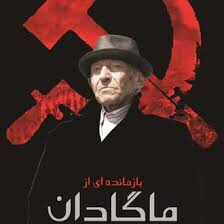
This was the experience of a person from Iran. “Atabak Fathollahzadeh” interviews Dr. Safavi in this book elaborately and asks him all about the time he had spent in the camp. Later a documentary film was produced according to this book about Dr. Safavi’s life called “A Survivor of Magadan”. However, in the book “From Mahabad to Baikonur” by “Dr. Rahman Halawi” we read a biography. The author has written his autobiography in Persian and “Rasoul Soltani” has translated it into Kurdish. The book shows the same experience as the one that happened to Dr. Safavi but this time it is narrated by a Kurdish person.
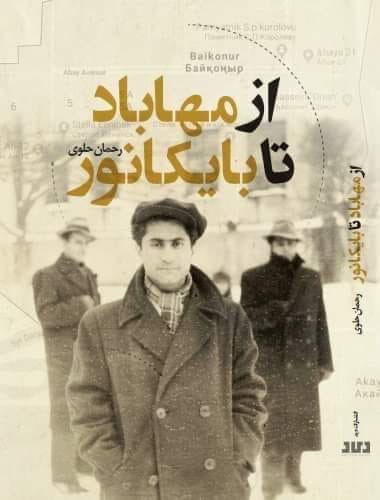
Reading Dr. Halawi’s book is important for several reasons:
First, it illustrates Mahabad in the 1940s for the Kurdish reader and gradually talks about the establishment of modernism in Mahabad.
Second, it talks about the geography of Mahabad in detail; the alleys, neighborhoods, establishments, and offices are described clearly and like a historical novel all of the descriptions are in detail, alive and true. A film could be made about Mahabad in those days based on this book.
Third, the education system in Mahabad is also illustrated in this book very clearly and one can understand the official changes that took place at that time specifically.
Fourth, a natural disaster that happened in Mahabad in those days, the catastrophic flood, is retailed in detail since the narrator saw it himself and he witnessed the outcome of that disaster.
Fifth, the narrator is one of the first men who was invited to join the “Jekaf” society and he accepted it. Although he talks very little about his activities in that society throughout the book, however, he reveals some facts about it and more importantly, he clarifies a mistake that has been mentioned in other books before which is he was introduced as one of the founders of the Jekaf society but he is not. Halawi says that he was one of the first men who was invited to join that society and he accepted it but he was not a founder. He mentions the founders’ names in this book.
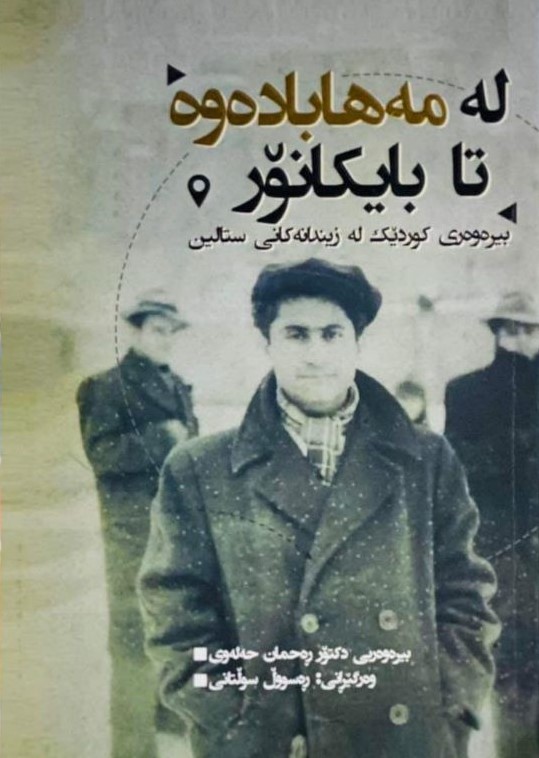
Sixth, he was a school teacher during the Kurdistan Republic and his explanation of “Qazi Muhammad”, “Saifi Qazi”, and “Sadri Qazi”’s characters clarifies many facts and truths.
His comments about Barzani’s interference with the Kurdistan Republic and their impact on the national movements of that time is one of the most significant points of Halawi’s book.
Seventh, Halawi talks about his acceptance into the Medical School in Baku and the cultural and social differences between the “Soviet of Azerbaijan” and Kurdistan.
Eighth, he talks about the Kurdish students living in the Soviet Union. He verifies their characters since each one of them turned into a well-known figure in different fields. For instance, he talks about these; “Sayyed Abdul Aziz Gailanzadeh”, “Dr. Ali Galawezhi”, “Mullah Mustafa Barzani”, “Karim Ayubian”, “Rahim Sayfi Qazi” and many others. Among all these, he discusses a subject that has been one of the weaknesses of Kurds historically and that is the lack of solidarity among them. Rahim Qazi is one of those whom Halawi believes had a negative role which results in Qazi being expelled from the university and being deported to Iran.
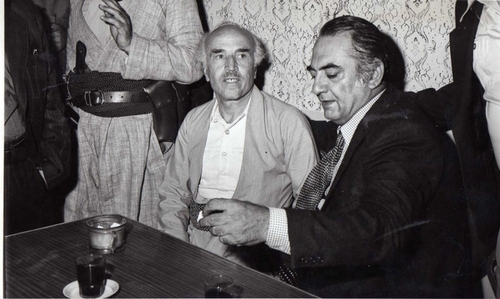
Ninth, he talks about moving back to the Soviet Union in order to keep on his Medical education. He failed this time and got arrested and imprisoned for eight years. He spent this time in several concentration camps one of which was “Baikonur”. What he narrates from that time of his life is full of pain and sadness.
Tenth, the church’s bells tolled, the trains’ bells rang, schools’ bells rang, factories’ bells rang and the whole country kept silent. This was the sign of a dictatorship’s collapse after a long time. Finally, on March 5th, 1953, Joseph Stalin died and gradually the concentration camps and the whole Soviet Union changed. Dr. Halawi’s narration of that period of time is completely true and just. At the end, although he could stay in that country like Dr. Safavi and finish his education in Medicine field, he decided not to stay in a totalistic country thus he moved back to Iran.
Eleventh, Dr. Rahman Halawi’s description of Iran’s political and governmental system during the reign of “Mohammad Reza Shah” needs a great deal of recognition. Although at that time Iran’s government was not as oppressive as the Soviet Union regime, still it was a kind of dictatorship since it marginalized various ethnicities living in Iran and the Left Parties. Rivalry with Kurds was particularly one of the agendas of Shah’s regime and hundreds of Kurdish political activists were imprisoned at the time. In this part of the book Halawi talks about the problems facing Kurds and the official corruptions happening in Iran.
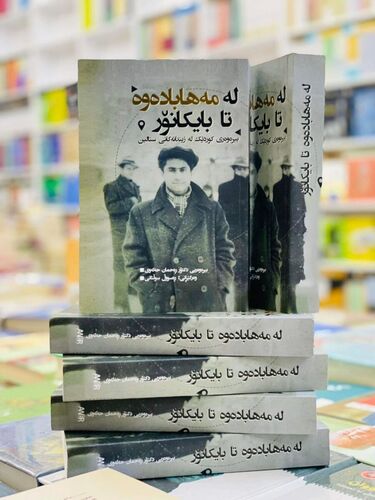
Dr. Rahman Halawi was forbidden from studying at university to finish his education in Medicine and he was fired from school as a teacher. Thus, he decided to take part in “Law school” at “Tehran University”. Finally, he succeeded and got his Ph.D. in Law school. He returned to his hometown, Mahabad, as a lawyer.
Both of these books, “Nobody gets old in Magadan” and “From Mahabad to Baikonur”, are similar portrayals of two men who were eager to finish their education, especially Medical education. Both of them have Left ideological tendencies, but they were both got imprisoned by a regime that claimed to be the source of this ideology. They were sent off to concentration camps for eighteen years. Both of them survived these camps, and they continued their activities after they were freed, however, one of them stayed in the Soviet Union, and the other one returned to Iran. Dr. Safavi became a doctor and Dr. Halawi became a lawyer. These two writers’ narratives are a narration from death to life.

